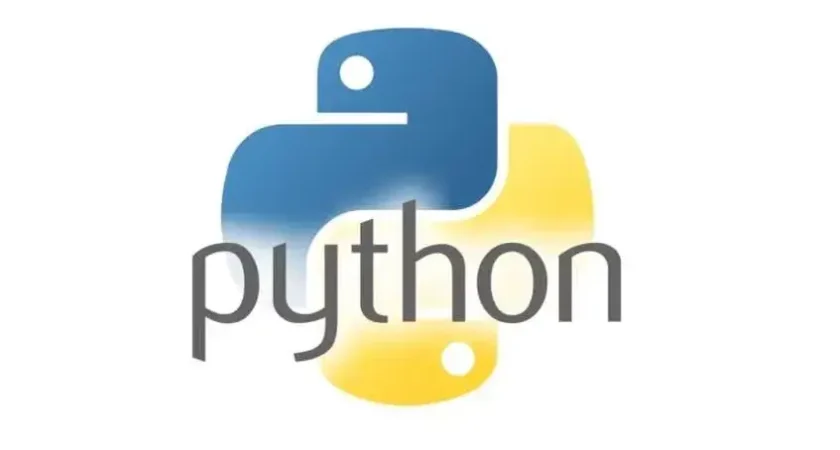Introduction to Python
Python is an easy-to-learn and use general-purpose programming language. Numerous fields, including as web development, data science, machine learning, and artificial intelligence, use it.
Because Python is a high-level language, it is more akin to natural language than to computer language. Python code is much simpler to read and write as a result. Python is likewise an interpreted language, meaning that it doesn’t require compilation in order to be executed immediately by the interpreter. This accelerates the development and testing of Python code.Lean about our other course at codingshikho.com
Python Fundamentals
Python fundamentals are the core concepts of the Python programming language. They include:
- Variables and data types: Python variables can store different types of data, such as numbers, strings, and lists.
- Operators: Python operators can be used to perform operations on data, such as addition, subtraction, and multiplication.
- Control flow: Python control flow statements allow you to control the flow of your code, such as with if statements, for loops, and while loops.
- Functions: Python functions are reusable blocks of code that can be called from within other functions.
- Classes and objects: Python supports object-oriented programming, which allows you to create classes and objects.
- Modules and packages: Python modules and packages allow you to import code from other files.
Hands-On Projects
One of the best ways to learn and use the abilities you have acquired in Python is through practical projects. Additionally, they let you compile a portfolio of your work to present to possible employers.
There are many different types of hands-on projects that you can do in Python. Here are a few ideas:
- Build a simple game :Python’s fundamental programming ideas, like variables, functions, and control flow, are best learned through this method. Simple text-based games like Rock, Paper, Scissors and graphical games like Pong can be created.
- Create a data visualization: Matplotlib and Seaborn are two of the many packages available for data visualization in Python. These packages let you make graphs and charts that show data from different sources.
- Build a web application: Both front-end and back-end web applications can be created with Python. Several Python frameworks, such Flask and Django, facilitate the development of web applications.
- Automate a task: Numerous actions, including emailing, downloading data, and scraping webpages, can be automated with Python. You can save a ton of time and work by doing this.
When choosing a hands-on project, it is important to choose one that is challenging but achievable. You should also choose a project that you are interested in, as this will make it more enjoyable to work on.
Intermediate Python Topics
The fundamentals of Python programming, such as data types, variables, functions, and control flow, are built upon in intermediate Python subjects. Intermediate subjects consist of:
- Object-oriented programming (OOP): With the help of the OOP programming paradigm, you can make classes and objects. Objects are instances of classes, while classes are the blueprints used to create objects. Writing more modular and reusable code is made possible by OOP.
- Data structures and algorithms: Data can be efficiently utilized by arranging it in a computer using data structures. Algorithms are systematic approaches to problem solving. Python comes with several built-in algorithms and data structures, but you can also design your own.
- Modules and packages: Packages and modules are tools for structuring Python code into reusable components. Individual files containing Python code are called modules. Modules are gathered into packages.
- Error handling: Programming is inevitably prone to errors. Many error-handling mechanisms in Python are available, including raise and try/except statements.
Conclusion
Python is a well-liked and flexible programming language that is well-known for being easy to learn and comprehend. Web development, data analysis, artificial intelligence, and other fields make extensive use of it. Python continues to be a top option for both novice and seasoned developers due to its vast and vibrant community, multitude of libraries, and cross-platform compatibility.
